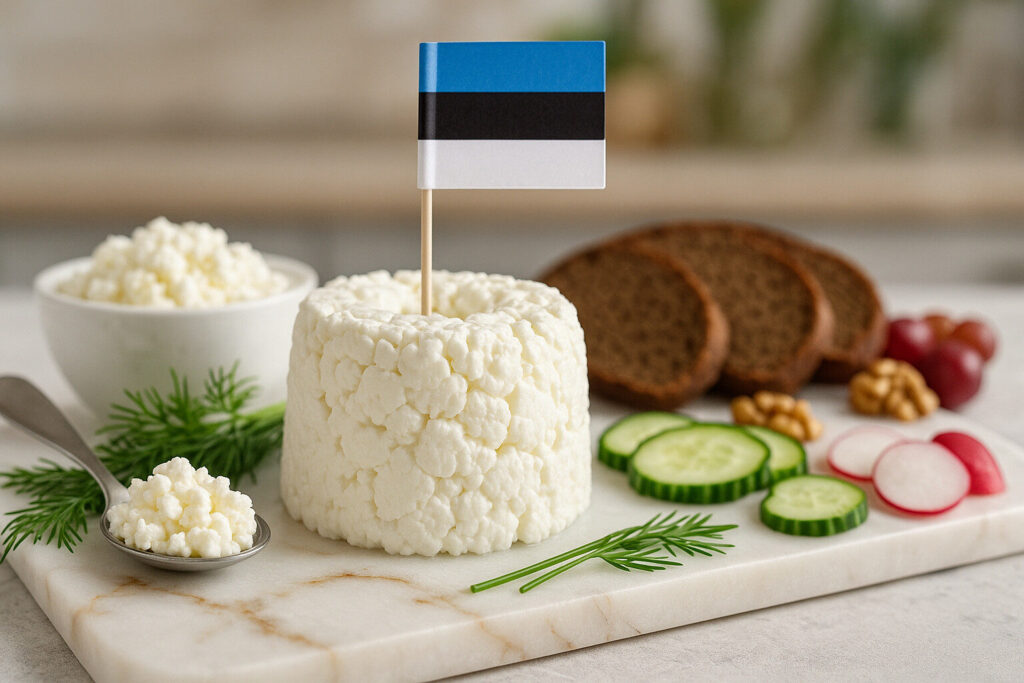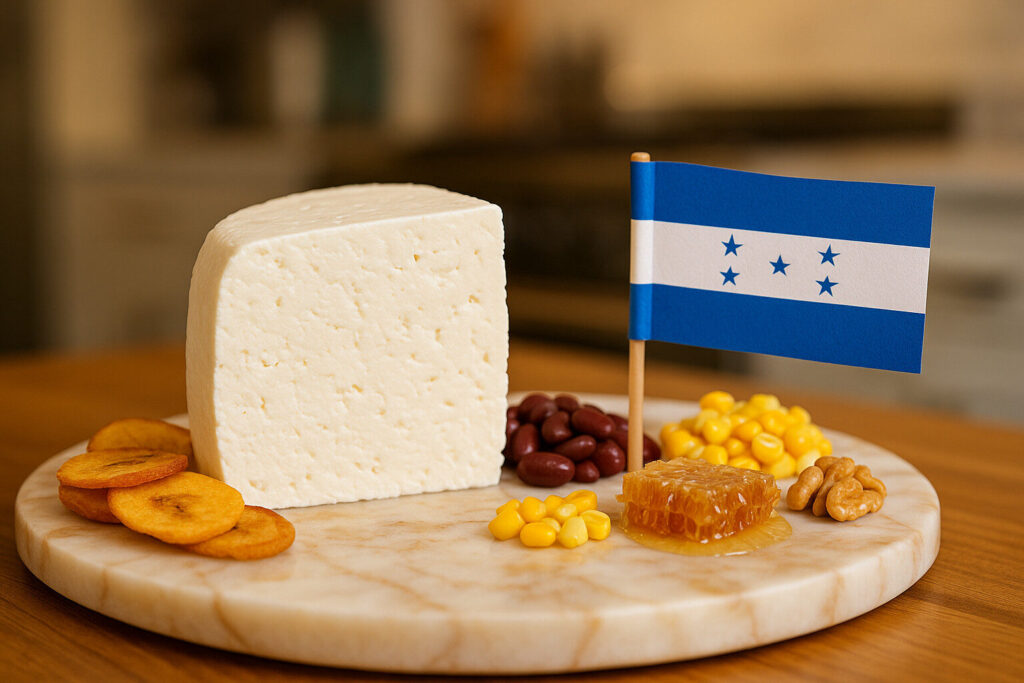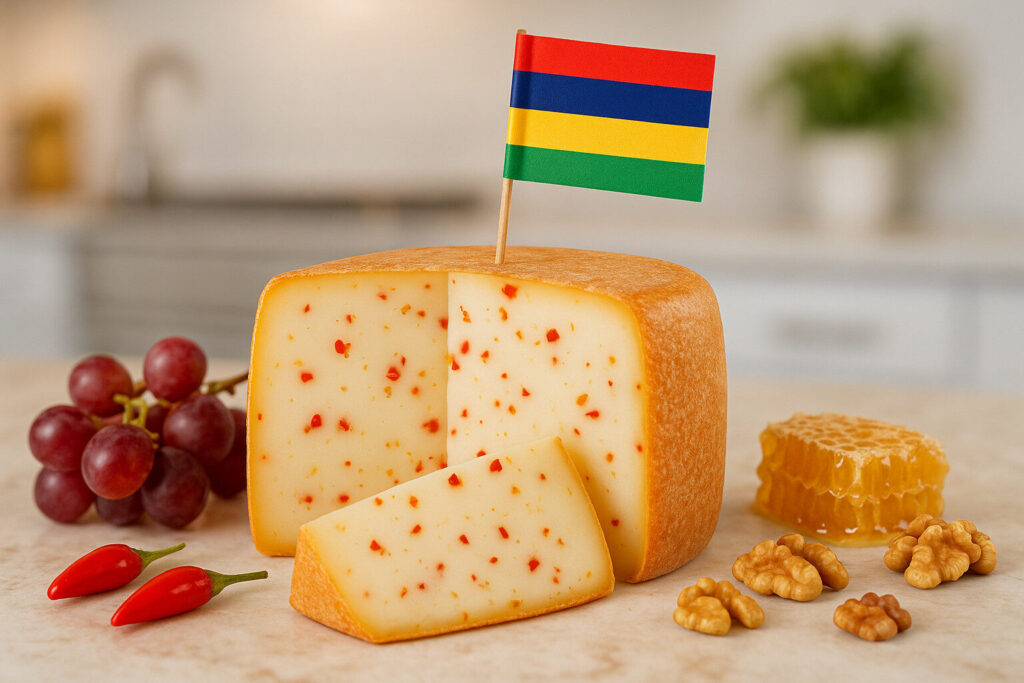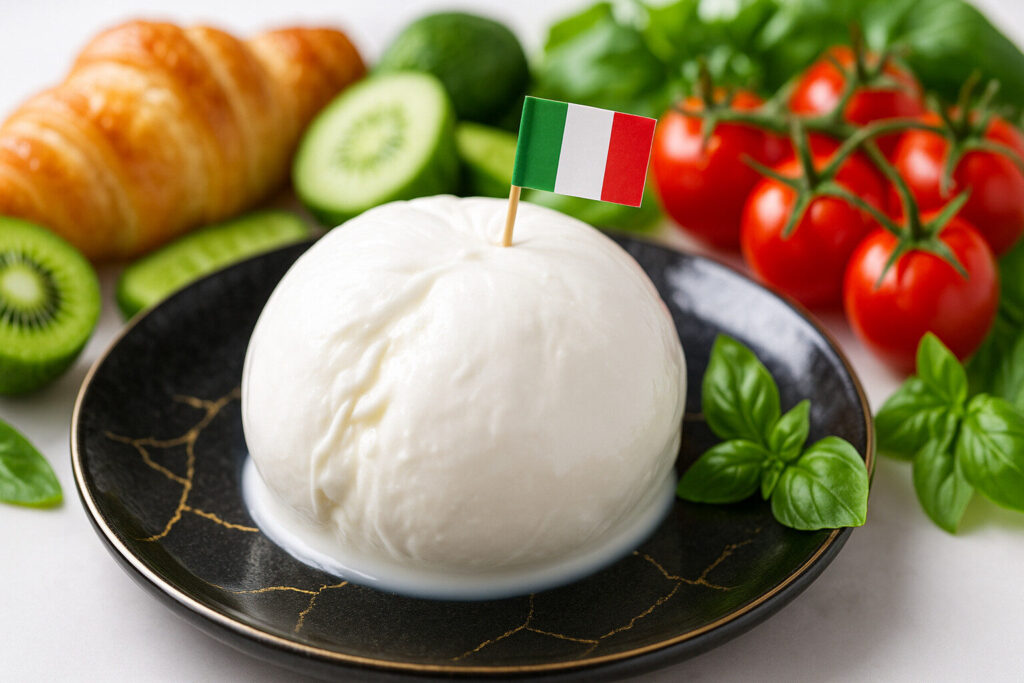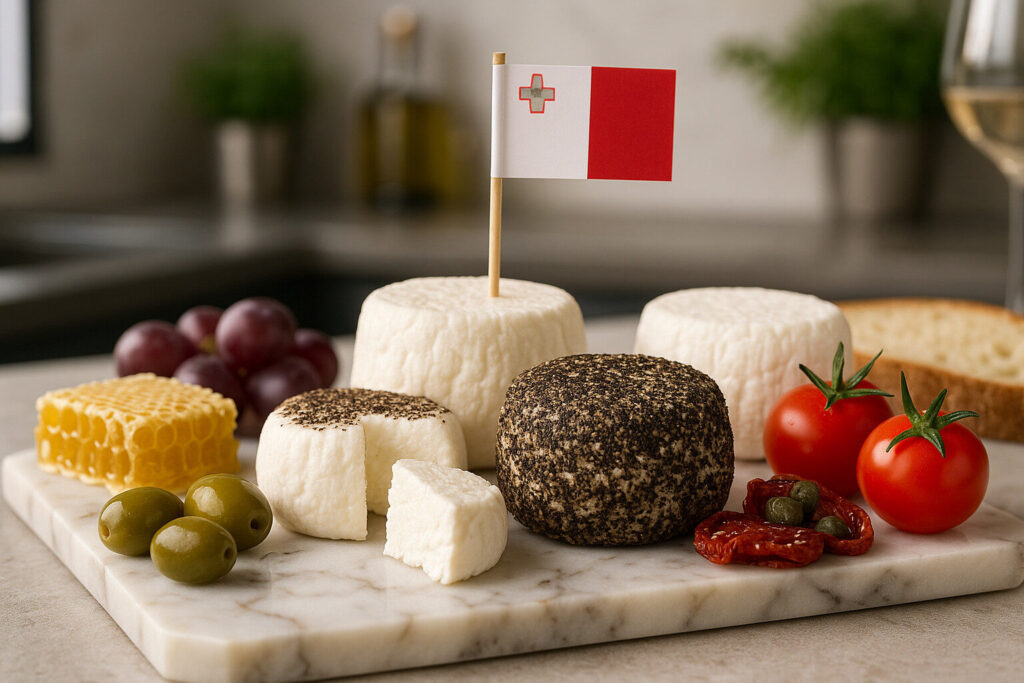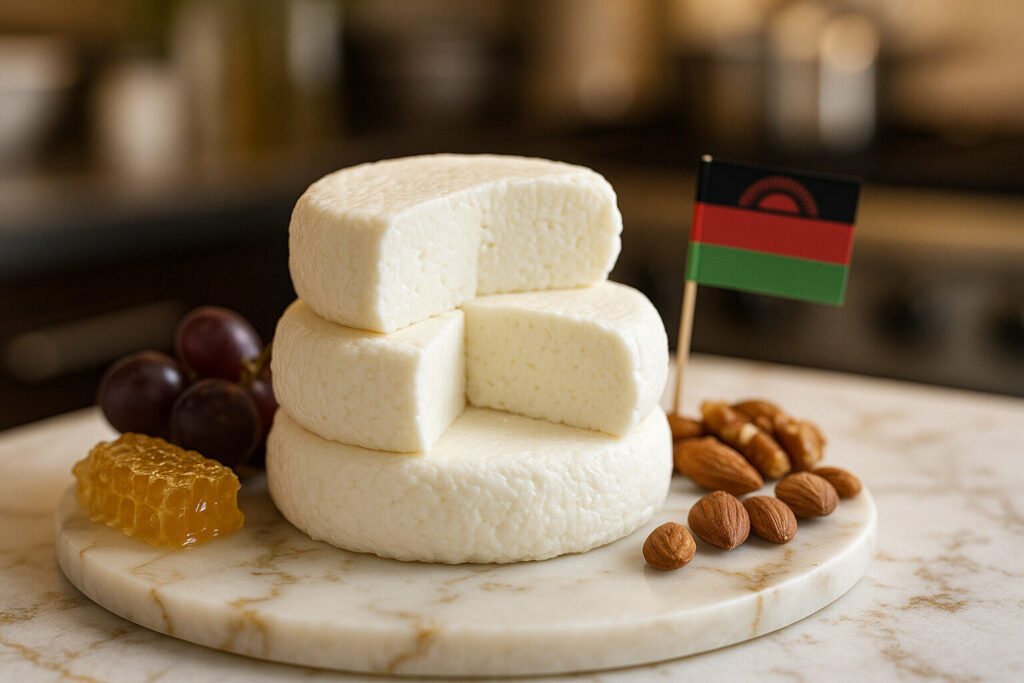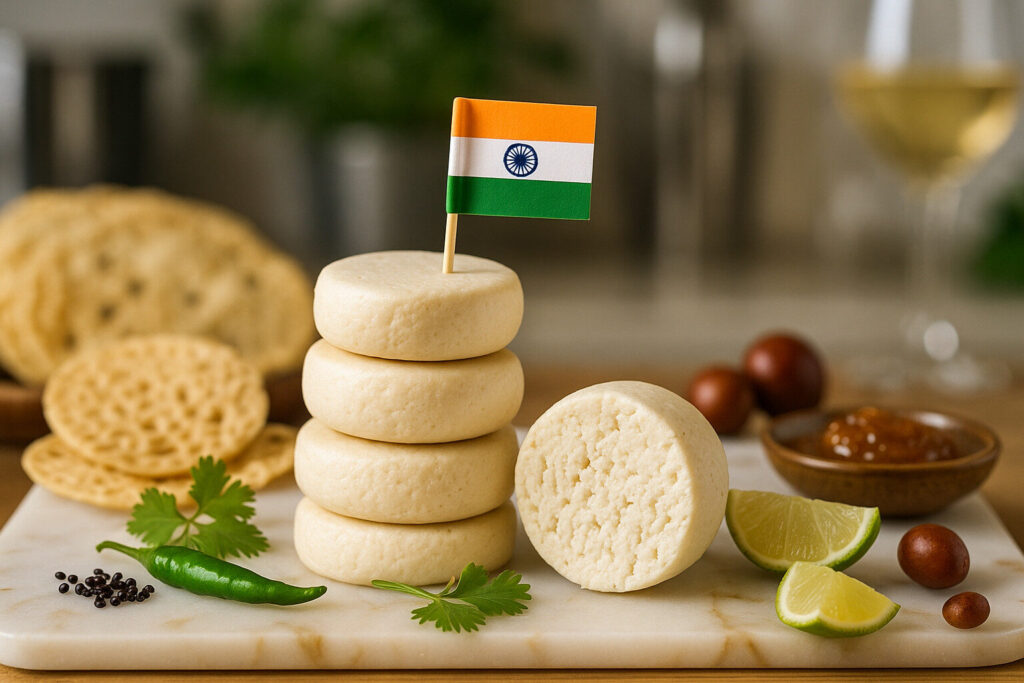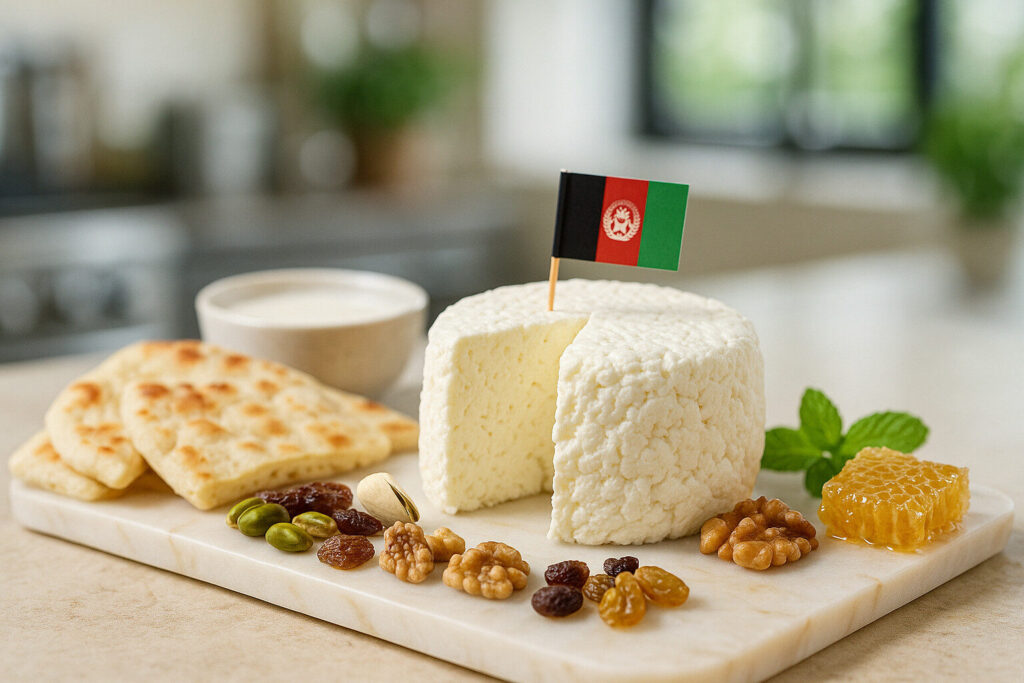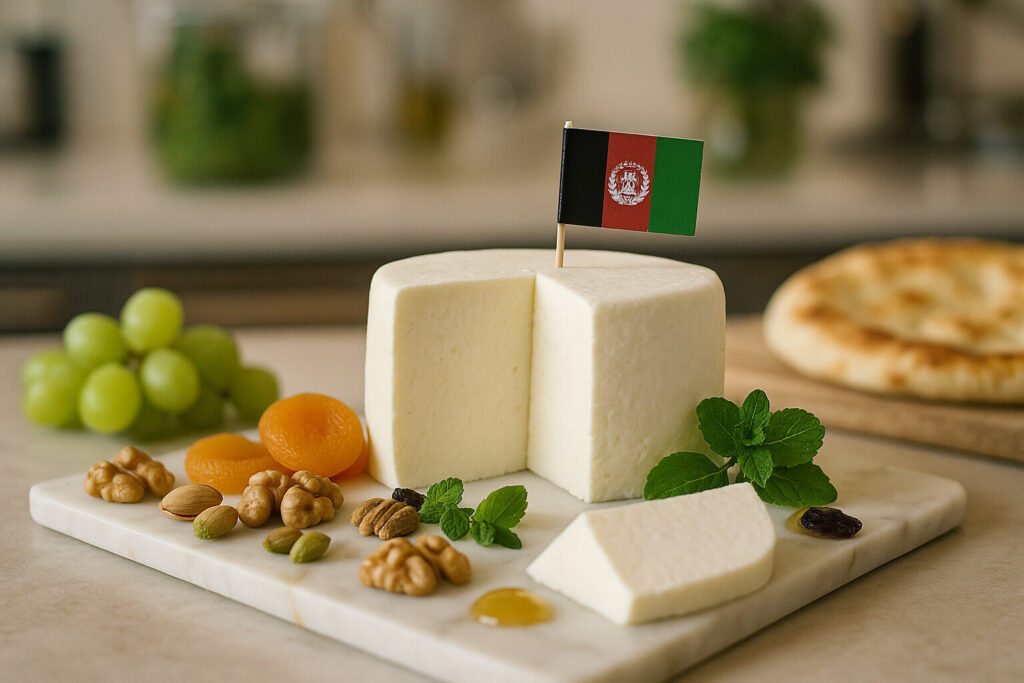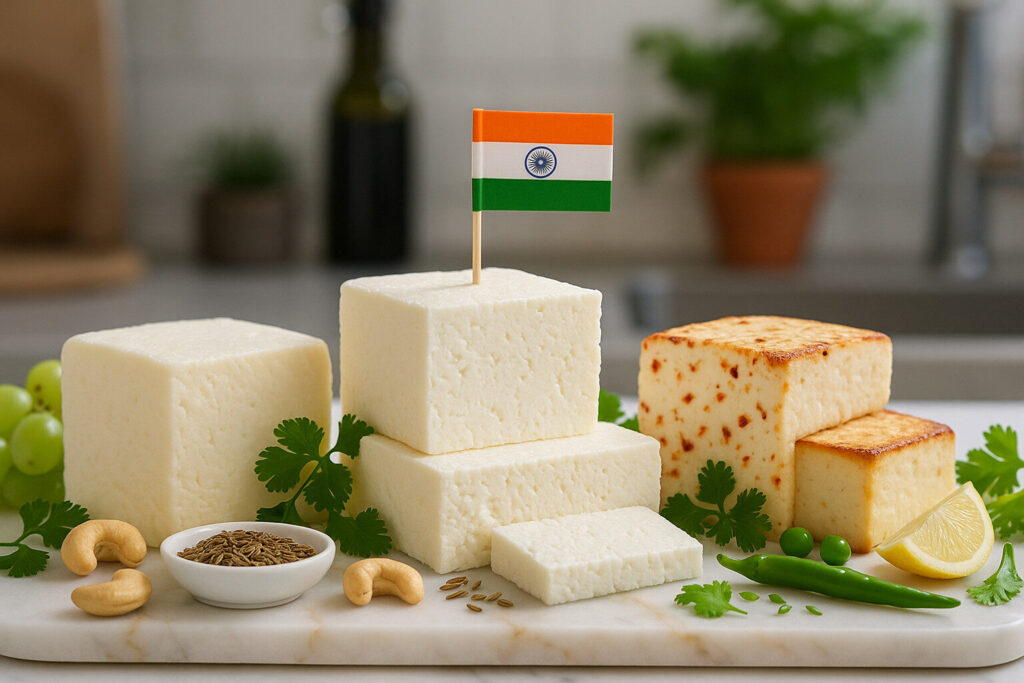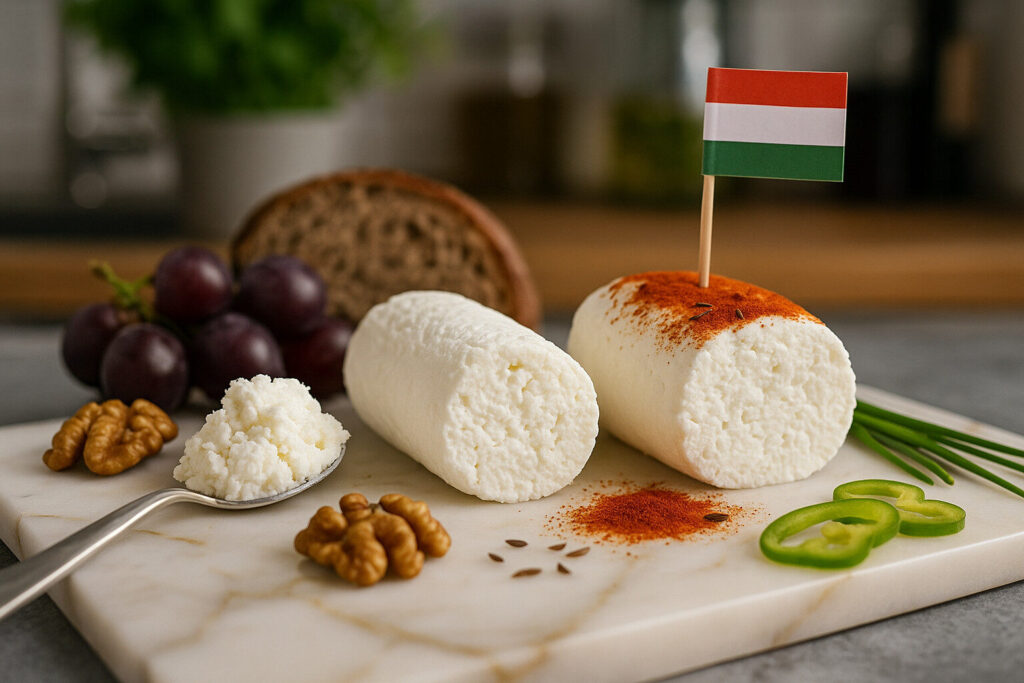Fresh Cheese
Definition and Scope
Fresh cheese refers to cheeses that are consumed shortly after production without aging or ripening. These varieties retain high moisture content, typically ranging from 40% to 80%, and possess a mild, milky flavor profile. The category includes globally recognized types such as ricotta, quark, and fromage frais.
Unlike aged cheeses, fresh cheeses lack developed rinds and complex flavor compounds from microbial activity. They are characterized by their soft, spreadable textures and bright white coloration. This classification encompasses both traditional farmstead products and industrial cream cheese varieties.
Production Methods
Fresh cheese production begins with pasteurized milk that undergoes acid or rennet coagulation. The curds are typically drained but not pressed, preserving their high moisture content. Most varieties complete production within 24-48 hours before packaging and refrigeration.
Key techniques include lactic fermentation for quark and paneer, while ricotta utilizes whey protein recovery. Stabilizers like guar gum may be incorporated in commercial versions to improve shelf life. The absence of aging caves or special ripening rooms distinguishes these manufacturing processes.
Sensory Characteristics
Fresh cheeses present a clean, lactic aroma with pronounced milky notes. Their flavor profile remains subtle, ranging from mildly tangy in chèvre to slightly sweet in mascarpone. The absence of aging prevents development of sharp or pungent characteristics.
Textures vary from crumbly in feta to exceptionally smooth in cream cheese. These cheeses typically exhibit bright white coloration unless herbs or flavorings are added. Their high moisture content creates a refreshing mouthfeel that distinguishes them from firmer aged varieties.
Culinary Applications
Fresh cheeses serve essential roles in both sweet and savory preparations worldwide. They function as spreads for bagels and crackers, fillings for pasta and pastries, and bases for cheesecakes and dips. Their mild nature makes them versatile ingredients that absorb accompanying flavors.
In Mediterranean cuisine, fresh cheese appears in salads like Greek horiatiki and stuffed pastries. Latin American cooking incorporates queso fresco as a taco topping, while Indian cuisine uses paneer in curries. Their low melting point makes them unsuitable for baked applications requiring browning.
Regional Variations
Italy produces distinctive fresh cheeses including ricotta from sheep’s milk whey and mozzarella from water buffalo milk. French fromage blanc and German quark represent Central European traditions of lactic-set fresh cheeses. Each region utilizes local milk sources and traditional techniques.
Middle Eastern labneh involves straining yogurt to create a spreadable fresh cheese. Mexican queso fresco employs rennet coagulation with gentle pressing. These geographical variations demonstrate how local customs and available livestock influence fresh cheese development while maintaining core characteristics of high moisture and minimal aging.



